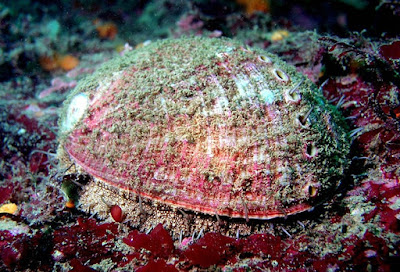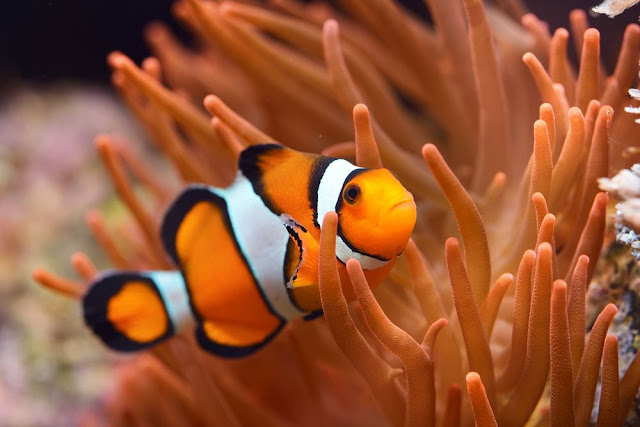Abalone: The California's Iconic Sea Snail
The coastal California is a place for many abundant animals among which the seven abalone species are most famous.
Even this brilliant miniature have sustained native tribes for thousands of years. These species have been nearly wiped out by overfishing, disease and climate changes. Especially, the white and black abalone have been marked as endangered species.
There is an evidence that the native tribes would harvest sites, move to new locations when the abalone become scarce. Which gave them a chance to sustain years without depleting. Not only as a food, the shells have been used as tools, coins, as decorative emblems and even as a artifacts.
But in the 1700's the Spanish colonizers, gave abalone in exchange of sea otter pelts, which is the primary food source for the species. On a contrary, many sea otter pelts have been killed which made them nearly go extinct.
Because adult abalone and their larvae can’t travel very far, they are extremely prone to a phenomenon referred as “serial depletion,” which ultimately occurred when fishers exhausted the available abalone on individual reefs and moved on to the next. By the time they realized their error, California’s abalone were already in trouble.
In the latest years, a disease killed sea stars, which resulted in the flourish of sea urchins which are the primary threat to red abalone.
Meanwhile, the while abalone might be very difficult to bring them back. Last year, thousands of lab-raised white abalone have been released into the Pacific, but don't know whether they can reproduce and carry their clan.





Comments